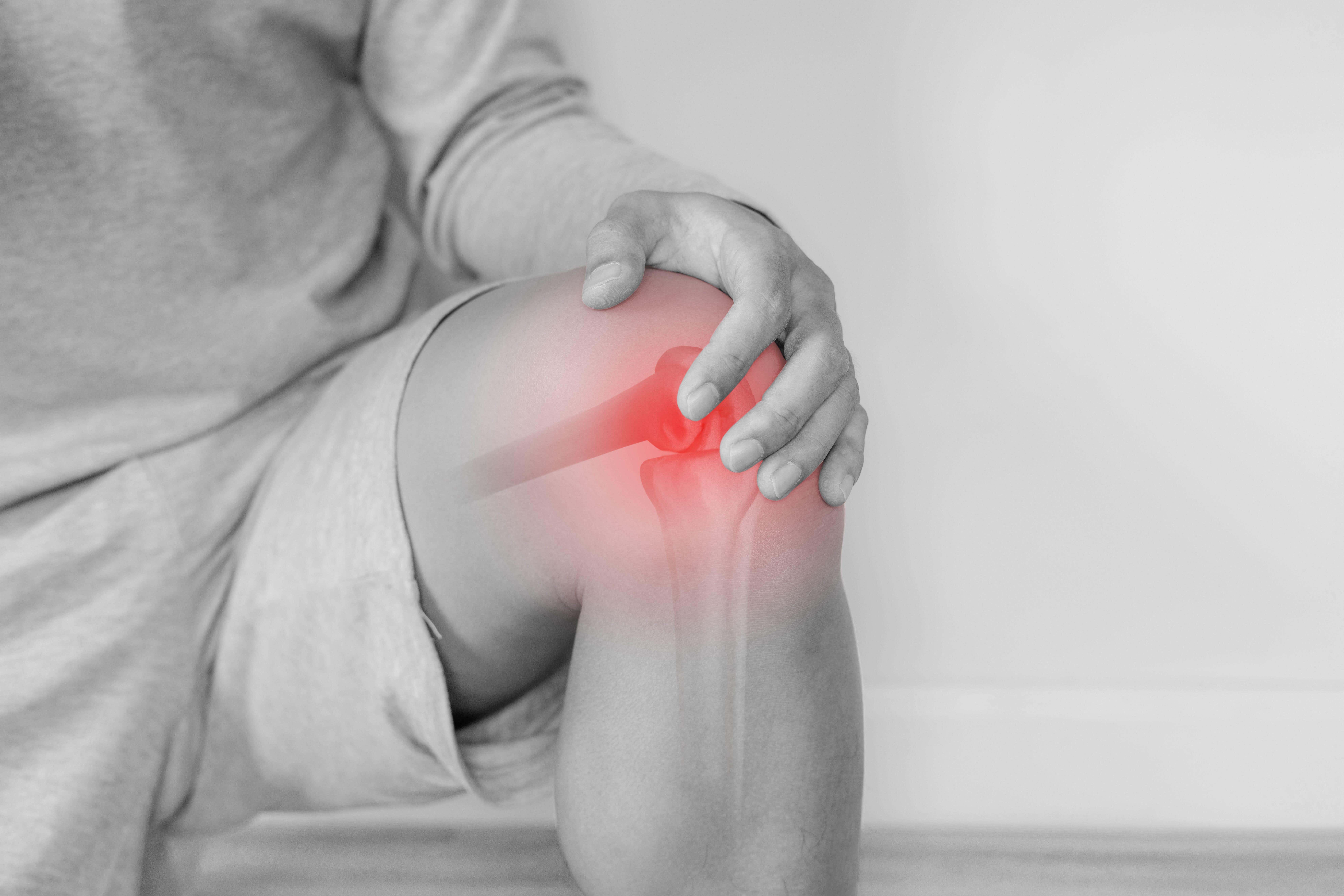How to manage your arthritis in the cold weather
Take steps to stay well and ease your arthritis pain this winter.

Your support helps us to tell the story
From reproductive rights to climate change to Big Tech, The Independent is on the ground when the story is developing. Whether it's investigating the financials of Elon Musk's pro-Trump PAC or producing our latest documentary, 'The A Word', which shines a light on the American women fighting for reproductive rights, we know how important it is to parse out the facts from the messaging.
At such a critical moment in US history, we need reporters on the ground. Your donation allows us to keep sending journalists to speak to both sides of the story.
The Independent is trusted by Americans across the entire political spectrum. And unlike many other quality news outlets, we choose not to lock Americans out of our reporting and analysis with paywalls. We believe quality journalism should be available to everyone, paid for by those who can afford it.
Your support makes all the difference.If the cold weather is something you ‘feel in your bones’ this time of year, you’re not alone.
Some of us feel our joints getting crankier during winter, and people living with arthritis feel the effects of this more than most.
But why do arthritis symptoms often intensify during a period of chilly weather? And is there anything we can do to manage the impacts of this?
“Arthritis is a degenerative joint condition, which is essentially wear and tear to the joints in the body that causes inflammation, stiffness and pain,” says Tamsin Joyce, physiotherapist and integrated clinical services manager at Nuffield Health Bournemouth Hospital. “It can affect people of all ages, particularly if congenital, but typically worsens with age after the fourth or fifth decade.”
The two most common types of arthritis are osteoarthritis and rheumatoid arthritis.
“Osteoarthritis is the most common form of arthritis and affects the smooth cartilage lining of the joint,” explains Joyce. “This lining over time can become worn and inflamed and can leave areas of exposed bone, which leads to increased pain and changes to the joint position and loading of a joint.
“Rheumatoid arthritis is different in that the body’s immune system attacks the lining of joints, causing the bone and cartilage to break down.”
What warning signs should we look out for?
The most common signs of arthritis are joint pain, tenderness and stiffness; inflammation in and around the joints; restricted movement of the joints; warm red skin over the affected joint and weakness and muscle wasting, according to the NHS website.
Many people find that these symptoms are exacerbated when the weather turns cold.
“Arthritis can be worse in cold and damp weather, for some, a reduction in barometric pressure can cause muscle tendons to expand, thereby creating more pressure on an already crowded joint,” explains Joyce. “Some people experience an increase in pain sensitivity, reduced blood circulation, muscle spasms and increased joint stiffness.”
Which factors increase the likelihood of developing arthritis?
“Family history, obesity, excessive sport or loading of joints at work, worsening over time, specific metabolic diseases such as diabetes, pre-existing conditions such as rheumatoid arthritis or gout, can all be factors that can increase a person’s chances of developing arthritis,” highlights Joyce.
What are the treatment options for arthritis?
While there is no definitive cure for arthritis, there are many treatments that can help manage pain and inflammation and preserve joint function.
“This includes physiotherapy which might involve exercise prescription, promoting healthy lifestyles and weight loss (if applicable), advice on pacing and good posture, hydrotherapy and exercise in water,” notes Joyce.
GPs often also prescribe painkillers – such as paracetamol, non-steroidal anti-inflammatory drugs and opioids – to patients depending on the severity of the pain, according to the NHS website.
And in some severe cases, joint replacement surgery is considered.
“Joint replacements can be life-changing in a positive way supported by subsequent physiotherapy to assist recovery,” says Joyce.
Here are some tips about how to manage arthritis symptoms in the cold weather…
Stay warm
“Wrap up in layers, use low-cost solutions such as electric blankets and ensure that you stay on top of boiler maintenance and draught-proof your home,” recommends Peter Grinbergs, physiotherapist and co-founder of musculoskeletal health company EQL. “A warm bath, heating pads and hot water bottles are also excellent for providing quick relief.”
Keep moving
“Stay active by incorporating regular movement into your day, including stretches, walks and weight-bearing exercises,” advises Grinbergs.
Take some vitamin D
“Taking vitamin D is now recommended if you can do this,” suggests Joyce.
Eat well
“Eating well and keeping a healthy body weight will also help,” says Joyce.